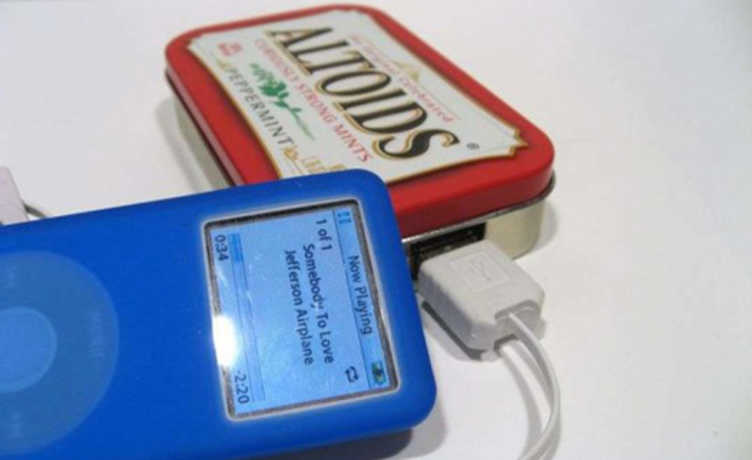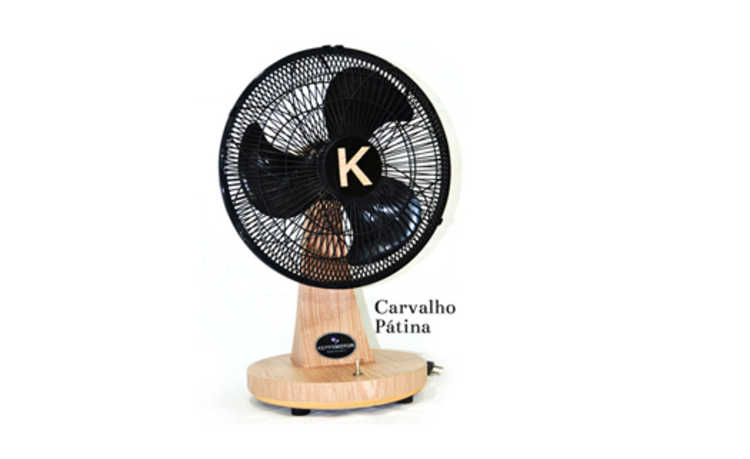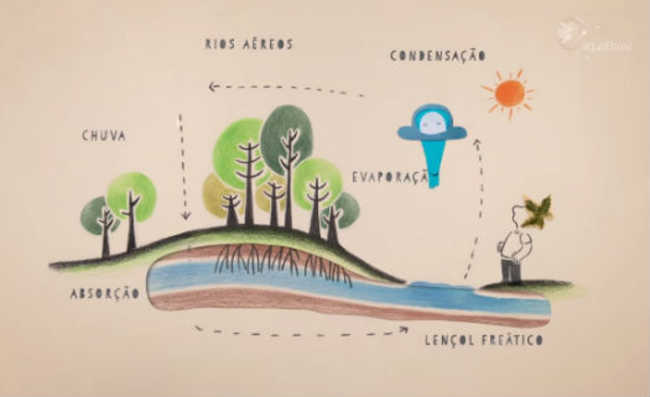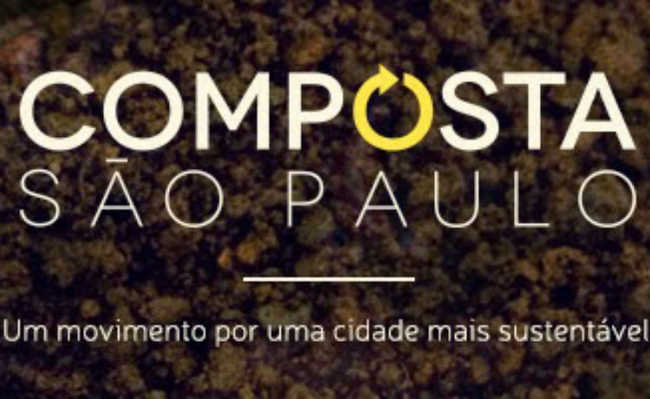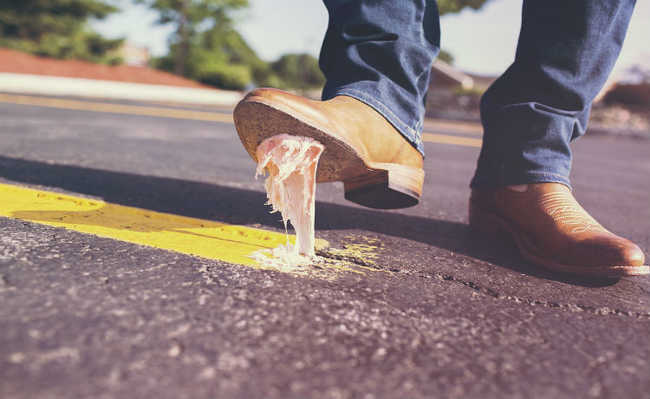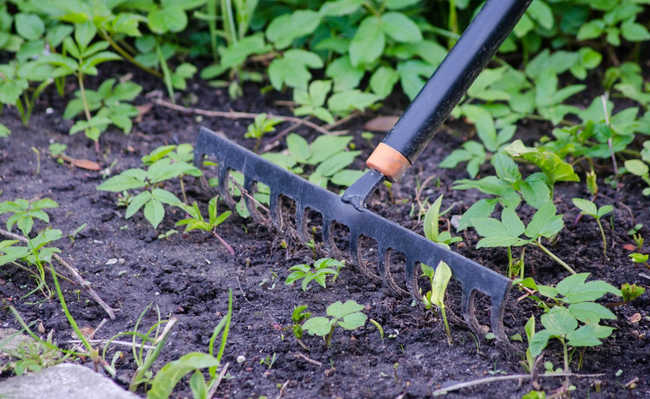Sustainable Homemade Soap Recipes
Discover the best homemade soap recipes and the advantages of putting them into practice

Sustainable homemade soap recipes are alternatives that have less impact on the environment when it comes to washing clothes, dishes and cleaning the house (to learn more about this subject, read the article: "Soap guide: origin, composition, risks and alternatives for the main types"). But not everyone knows what soap is made of, the impacts it causes, which format is more ecologically correct to use or how to make legal recipes. That's why the eCycle Portal has gathered the most relevant information you need to know about soap and has tested and selected the best homemade soap recipes for you to make at home! To check it out, just keep reading...
How it works
Soap is a substance known for its surface-active properties. In other words, soap has the ability to reduce the tension between two liquids, that is, it makes oil and water mix! And it is exactly in this mixture that we manage to clean the objects.
How is it produced
To produce any type of soap, it is necessary to mix an oil (fat) with a basic substance (usually sodium or potassium hydroxide). This mixture will form a chemical reaction that will give rise to glycerol (a salt in the alcohol family) and soap.
However, depending on the base used, the result is a different type of soap. If caustic soda (NaOH) is used, the soap becomes hard like laundry soap. Now, if potassium hydroxide (KOH) is used, the soap becomes soft like soap, so it is the most commonly used salt to make personal care products.
To learn more about this topic, check out the article: "Our daily soap".
Environmental impacts
Not everyone knows, but the environmental impact caused by soap is also related to its shape.
Powder soap, for example, is the format that most pollutes the environment. This is because it can be composed of non-biodegradable surfactants (from petroleum) and sequestering and chelating agents, such as phosphate. These agents, after being dumped, can cause eutrophication, a phenomenon that compromises water resources and aquatic life. To learn more about this topic, check out the articles: "Soap powder has many additives and is the most polluting type" and "What is eutrophication?".
Detergent, on the other hand, must, by law, contain biodegradable surfactant, in accordance with the requirements of the National Health Surveillance Agency (Anvisa). However, like washing powder, detergent can contain sequestering agents, famous for causing eutrophication after being dumped into water bodies, which is quite harmful to the environment. To learn more about this topic, check out the article: "Soaps, detergents and their impacts on the environment".
Bar soap has the advantage of being composed of surfactants and biodegradable raw materials. The glycerol from the reaction may or may not be removed from the final product for its commercial value, but when present, it guarantees greater hydration for the skin. In addition, bar soap has less surface-active power than detergents, being less harmful to the environment. To learn more about this topic, check out the article: "Bar soap brings less environmental impact, but it also pollutes"
Revenues
Now that you know the most relevant information about soap, its composition and which alternative is more sustainable, check out unmissable and sustainable homemade soap recipes that the eCycle portal has tested and selected:
Bar soap with cooking oil
This recipe for homemade soap is of high quality and created from a formula that is more friendly to the environment, as it reuses cooking oil. In addition, the formula avoids excess lye, the most common mistake that happens in homemade soap recipes.
Ingredients
- 1 kilo of used cooking oil;
- 140 milliliters of water;
- 135 grams of flaked caustic soda (concentration greater than 95%);
- 25 milliliters of alcohol (optional).
Extras to "boost" your homemade soap (optional)
- 30 grams of flavorings (preferably essential oils without parabens and phthalates in the composition);
- 10 grams of powdered rosemary preservative.
Materials
- Soap mold containers (specific shapes, plastic trays or long-life packaging);
- 1 wooden spoon;
- 1 pair of dishwasher gloves;
- 1 disposable mask;
- protective goggles;
- 1 large bucket;
- 1 small container.
Method of preparation
First, put on goggles, gloves and mask. Caustic soda is highly corrosive and must be handled with great care. After that, follow the step-by-step:
1. Put the water to heat until it is warm (around 40°C). Once this is done, put the water in the small container and insert the caustic soda slowly and in small portions in the same container, always mixing with each addition. Never add cold water to soda! The order of ingredients must also be respected: put soda over water, never water over soda (this can cause a strong reaction and cause accidents). It is very important to use a plastic bucket or container made of thick and resistant material, and never use PET bottles to dilute the soda, as they cannot withstand the temperature reached by the reaction, which can break and leak this extremely corrosive material.
Stir with a wooden spoon until the soda is completely diluted so that there are no more scales. Attention: do not use disposable aluminum containers together with caustic soda and make sure they are high enough, as this dissolution can effervesce and cause foaming.
2. After removing the impurities from the oil (it is possible to do this with a sieve), heat it a little (to a temperature of 40°C) and add it to the bucket that will be used to place all the other ingredients. Then add the soda very slowly, in small portions and mixing continuously. This precaution increases your safety, as the reaction with the caustic soda releases a lot of heat, in addition to producing a good quality soap - if you add the soda all at once or very quickly without proper agitation, the soap may lump and will stay hard to reverse that.
3. Mix only the oil and soda for about 20 minutes. The ideal final consistency should be similar to condensed milk. It is necessary to respect this mixing time so that there is a reaction between oil and soda.
4. After this mixing time, the ideal time to add the remaining ingredients begins. Add flavoring and preservative (if you want). Mix well until these ingredients are fully incorporated into the mixture.
5. If the final soap mass is too runny, slowly add the alcohol and mix well for ten minutes so that the mixture does not lump. At this stage, the soap mass will quickly gain consistency. It is recommended that the form in which soap will be placed is already prepared and close.
Now just pour it into the container you separated and wait for the curing process (20 to 45 days).
Ready! Now just cut and you will have pieces of soap to use in your daily life. It is also recommended to leave it in the curing process (20 to 45 days), preferably in an opaque container, kept in a cool place and protected from the sun. This process aims to ensure the complete reaction of the caustic soda, in addition to allow the soap to lose excess moisture. This time may vary according to local weather conditions. Example: if the weather is more rainy, it may take more days; the opposite occurs if the weather is drier.
Once the curing process is finished, it is possible to measure the pH of the soap. Use litmus paper, or make a homemade pH meter yourself.
For more details on this recipe, check out the article: "How to make sustainable homemade soap".
Liquid soap for washing clothes

Ingredients
- 1 bar soap, coconut or preferably the first soap recipe from the "home soap recipes" item you learned above;
- 3 tablespoons of baking soda;
- 1 large pot;
- 1 grater;
- 1 filter or sieve;
- 3 liters of water;
- Lemon essence oil or any other flavor you prefer.
Method of preparation
Grate 200 grams of your chosen bar soap. Then heat a liter of water in the pan and add the zest. When the zest has dissolved, add three tablespoons of baking soda and mix, letting it rest for an hour. After that, add a liter of warm water and pass the mixture through a filter or fine sieve to remove the undissolved pieces. Once this is done, apply ten drops of lemon essence oil or any other of your choice and add it with a liter of cold water.
After the procedure, shake the mixture well. Leave to rest a little longer and divide into smaller jars to use when washing clothes with the machine. Ready!
The amount needed to wash clothes depends on the amount of clothes and how much you think is needed for the desired cleaning. Usually an American cup (about 200 ml) is enough for a full washing machine.
Note: as with any and all cleaning products, KEEP OUT OF THE REACH OF CHILDREN, as well as show on the containers what it is about to avoid being confused with other products that previously occupied the packages used.
To know this recipe in more detail, check out the article: "Do it yourself: washing-up liquid soap".
Liquid soap for washing dishes

Ingredients
- 1 liter of used cooking oil;
- 130 grams of caustic soda (minimum purity: 97%);
- 140 ml of water (for diluting the caustic soda);
- 30 ml of vinegar;
- 100 ml of alcohol;
- 4 liters of water.
Extras (optional)
- 40 grams of dye;
- 40 ml of essential oils.
Necessary materials
- Wooden spoon;
- Bucket;
- Sieve;
- Pan;
- Soap storage containers;
- Gloves;
- Protective goggles.
Method of preparation
First, put on your mask, gloves and goggles. Caustic soda is highly corrosive and must be handled with great care. Let's go step by step:
- Heat the water until it is warm. Once that's done, pour it into a bucket and slowly pour the caustic soda into the same container. Never add water to the soda! It can provoke a strong reaction and cause accidents;
- Stir with wooden spoon until diluted. Do this away from fire;
- After removing impurities from the oil (it is possible to do this with a sieve), heat it a little (to a temperature close to 40°C) and add it to the bucket that will be used to put all the other ingredients. Then add the soda very slowly, in small portions and mixing continuously. This precaution increases your safety, as the reaction with caustic soda releases a lot of heat;
- Mix for 20 minutes, and in the meantime, prepare a pan with 4 liters of boiling water. When the dough is homogeneous and more consistent, place it in the pan with water gradually and continue mixing. Turn off heat, add alcohol and vinegar. Light the fire again and stir. If you want, at this stage, you can add extra ingredients such as dyes and essential oils;
- Mix for another five minutes and turn off the heat. Let it cool for a day. After cooling, pour into final container.
- Once the process is finished, it is possible to measure the pH of the soap. Use litmus paper, or make a homemade pH meter yourself. For more details on this recipe, see the article: "How to make sustainable liquid soap".
If you want to be more radical in reducing the environmental impacts caused by soap, take a look at the articles: "Do it yourself: washing the pan without soap".
How to make sustainable homemade soap and "Do it yourself: washing dishes without soap".

